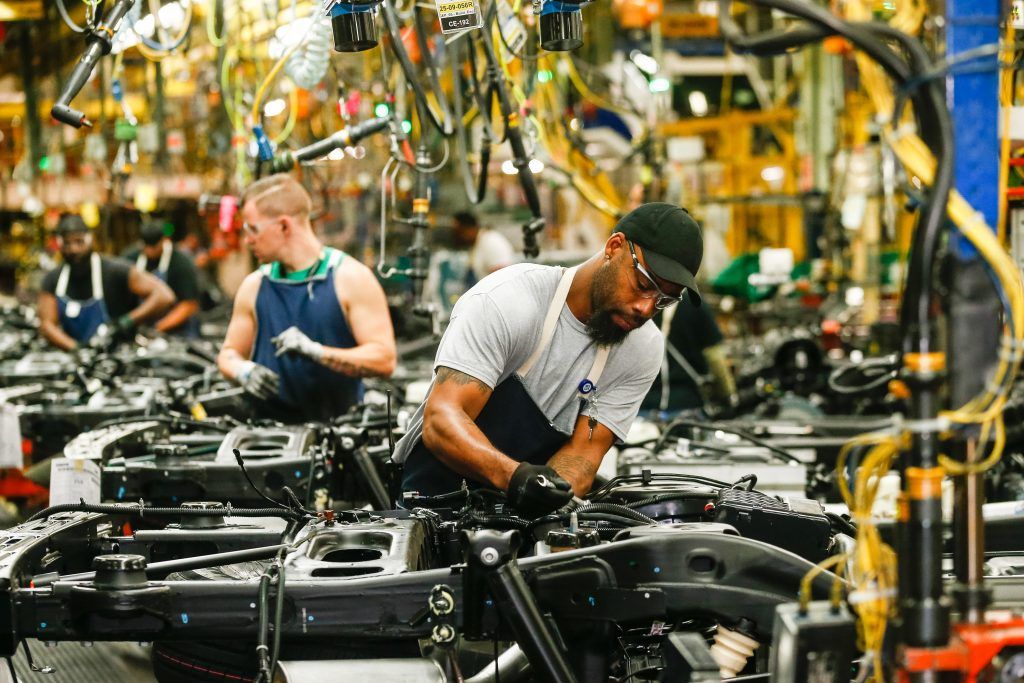Two segments of the automotive industry use U.S. FTZs (Foreign Trade Zones) and FTZ-type programs: light vehicle manufacturers and auto parts producers.
Fourteen light vehicle manufacturers used FTZs for production in 2016-21.
Overall, nearly 127,000 workers were employed in automotive production in U.S. FTZs in 2021, representing 12.7% of U.S. auto industry workers, according to the U.S. International Trade Commission (USITC).
Although the automotive industry is a major user of the U.S. FTZ program, some of the largest vehicle manufacturers do not use FTZs.
The USITC further indicates that most U.S. vehicle and parts production occurs outside FTZs, with two-thirds of U.S. vehicle production outside FTZs in 2021.
Among other incentives, vehicle manufacturers using U.S. FTZs benefit from duty-free direct export shipments, streamlined logistics, and reduced customs duties.
Companies in this sector that import and export to non-U.S. countries are the biggest beneficiaries of the U.S. FTZ program, as duties on imported materials used in these exports can be exempted.
Foreign Trade Zones
Vehicle manufacturers and parts suppliers producing in U.S. FTZs for duty exemption consider this benefit to be extremely important.
From 2016 to 2021, companies producing vehicles in U.S. FTZs saved an average of more than $100 million per year from the tariff exemption, and parts producers saved an average of less than $3 million per year on average.
Similarly, all vehicle manufacturers and parts suppliers producing in FTZs use the program for tariff reduction purposes, and nearly all consider this benefit to be extremely important.
From 2016 to 2021, companies producing vehicles in U.S. FTZs saved more than $200 million per year and parts producers saved less than $20 million per year on average due to tariff reductions.
Tariff inversions between light vehicles and parts are relatively few because the U.S. NTR duty rates on passenger vehicles and most parts are harmonized at 2.5 percent (although other parts have higher duty rates).

